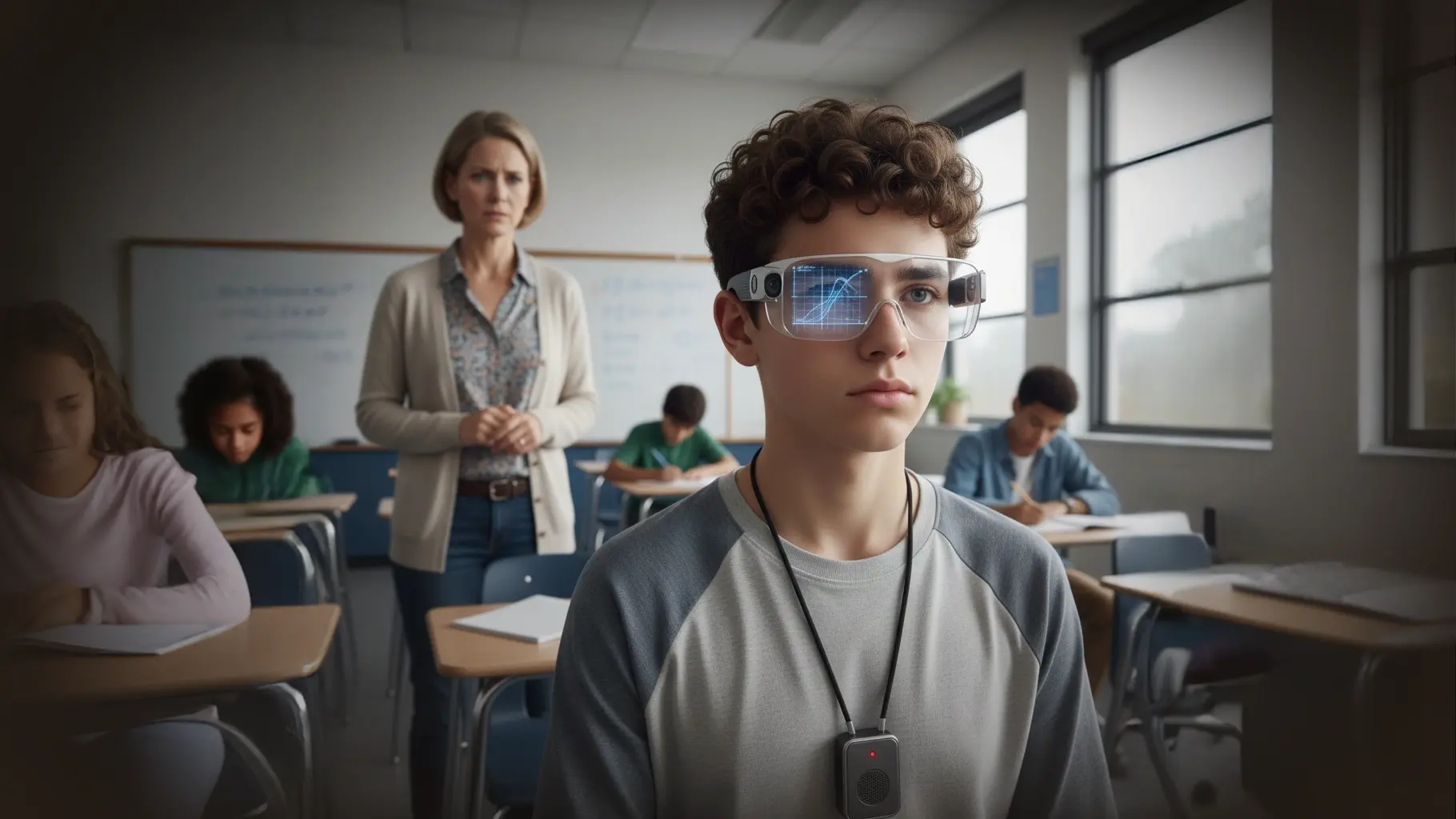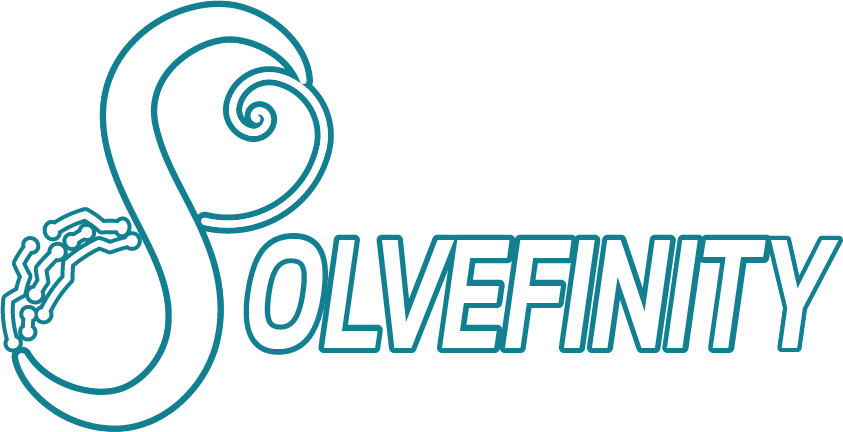
AI Wearables in the Math Classroom: Promise, Pitfalls, and Policy permalink
AI wearables could scaffold learning—but raise questions about equity, test security, and teacher consent.
 Solvefinity
Solvefinity

AI wearables could scaffold learning—but raise questions about equity, test security, and teacher consent.

Real math isn’t neat—it’s trial, error, and persistence. Discover why showing students the messy side of problem-solving helps them see themselves as mathematicians.

Design thinking puts learners at the center. From math classrooms to EdTech, it reframes struggle as iteration and empowers students to explore, test, and refine ideas.

Data is everywhere. From TikTok algorithms to policy decisions, our students need to question, interpret, and use data responsibly. This post kicks off a series for teachers who are new to teaching data literacy in math.

A funny toilet video sparked a serious idea: real math is messy. Why open-ended, uncertain problems build student agency—and why math education needs to embrace the mess.